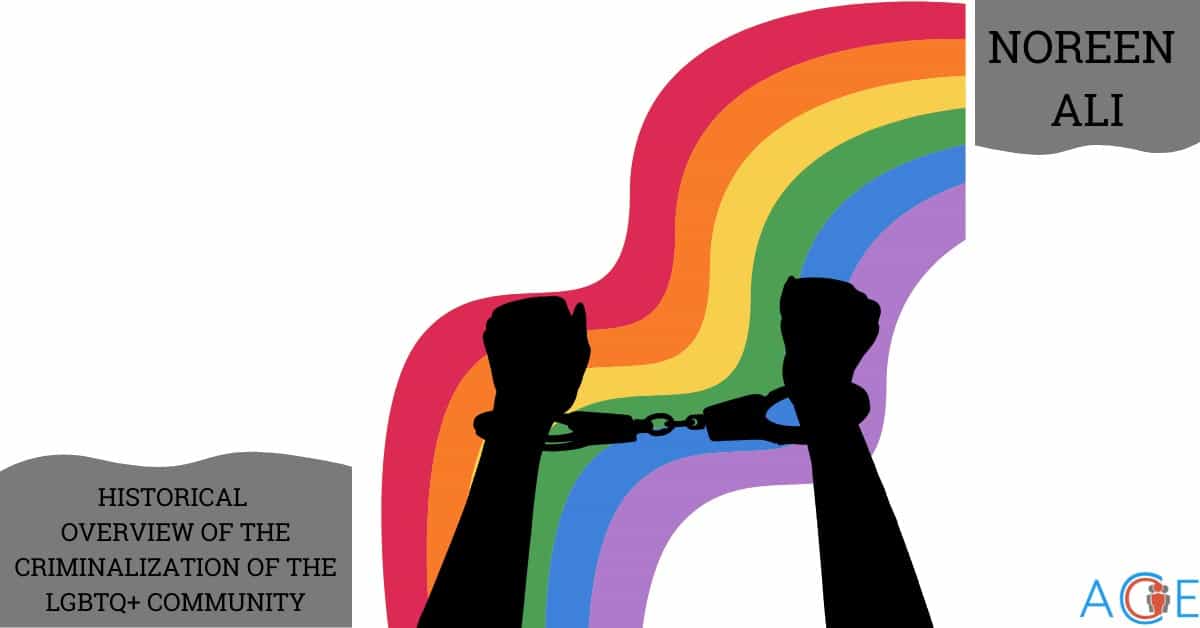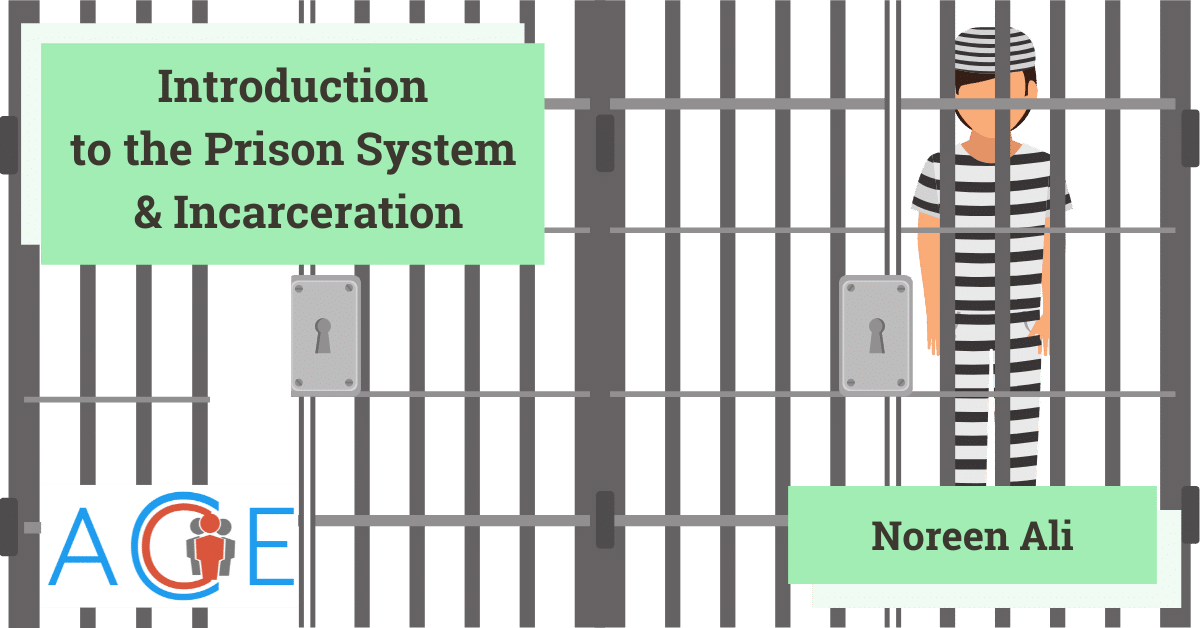Brief Historical Overview
During the early years of Colonial America, most states used death as a punishment for individuals who engaged in sodomy, known as a “crime against nature,”. In 1641, the first legal code in New England, the Body of Laws and Liberties, stated that “if any man lyeth with mankinde as he lyeth with a woman” then both of them should be put to death. Going against many of the other states, William Penn’s 1682 legal code in the Pennsylvania Quaker Colony became the first and only non-capital sodomy law, stating that any person convicted of sodomy was to be whipped, to forfeit a portion of their estate, and face imprisonment. However, this legal code did not last and, by 1693, all states deemed sodomy a capital offense. After the American Revolution and Pennsylvania’s reform, the 19th century found the penalty for sodomy reduced to hard labor and/or imprisonment.
Supreme Court Rulings
During the 1900s, the LGBTQ+ community began to question the legality of laws and practices that targeted them. The 1958 Supreme Court case of One, Inc. v. Olesen reversed a circuit court ruling that found the publication of a magazine intended for a homosexual audience obscene and, therefore, not protected under the First Amendment. This case was the first time that the United States Supreme Court issued a ruling regarding homosexuality, ultimately finding that “speech in favor of homosexuals is not inherently obscene.”
In 1962, the adoption of the Model Penal Code in Illinois decriminalized the federal crime of sodomy, removing consensual sodomy from law. The creation of this code, along with the Supreme Court ruling in Roe v. Wade that held that the 14th Amendment “protected citizens from the government intruding on their sexual privacy within their own homes,” inspired eighteen states to change their sodomy laws. Although many states decriminalized sodomy, the Supreme Court ruled in the 1986 case of Bowers v. Hardwick that “there was no constitutional protection for acts of sodomy,” allowing states to continue to target individuals for what they considered indecent acts.
In 2003, the Supreme Court case of Lawrence v. Texas reversed the above ruling and held that “the Texas statute making it a crime for two persons of the same sex to engage in certain intimate sexual conduct violates the Due Process Clause.” Up until this year, same-sex marriage was not ruled upon federally, so there was a divide between states that allowed same-sex marriage and states that did not. However, the 2013 case of Windsor v. United States found section three of the “Defense of Marriage Act” (DOMA) unconstitutional, holding that the “federal government cannot discriminate against married lesbian and gay couples for the purposes of determining federal benefits and protections.”
On June 26, 2015, the landmark ruling in Obergefell v Hodges held that “the Due Process Clause of the Fourteenth Amendment guarantees the right to marry as one of the fundamental liberties it protects, and that analysis applies to same-sex couples in the same manner as it does to opposite-sex couples.”
The LGBTQIA+ community within Policing & the Prison System
On June 28, 1969, the New York City Police Deparment raided Stonewall Inn, a well-known gay club at the time. Before the incident that led to the Stonewall riots, the police were known to raid many gay bars, harrassing LGBTQ+ individuals for displaying public affection. Although sodomy laws and the criminalization/denial of same-sex relations have since been found unconstitutional, the United States still sees a disportotionate amount of individuals within the LGBTQ+ community incarcerated and arrested.
In the United States in 2019, LGBTQ+ youth represented 9.5% of the general youth population, but were overrepresented in the juvenile justice system, making up 20% of the entire system. This high rate of representation is continued into adulthood, where it was also found that members of the LGBTQ+ community are 2.25 times as likely to be arrested then their straight counterparts. While gay and bisexual men are 1.35 times as likely to be arrested compared to heterosexual men, bisexual women and lesbians are 4 times as likely be arrested compared to heterosexual women. These numbers may be representative of homeless LGBT youth, who were kicked out by their families, and the lack of safety the individuals may feel within their school system. Furthermore, certain policing practices, such as enforcement of prostitution laws, cause individuals of the LGBTQ+ community to be disproportionately targeted by law enforcement.
The LGBTQ+ are also overrepresented in the prison system. While 5.5% of men incarcerated identify as bisexual or gay, 33.3% of women identify as bisexual and lesbian. A study found that people of the LGBTQ+ community are more likely to be sentenced to longer periods of incarceration than straight individuals. Within their experiences in prison, many LGBTQ+ individuals claim to have been subjected to “inhumane” treatment, such as longer prison sentences than their heterosexual counterparts and the higher possibility of being put in solitary confinement. Furthermore, individuals who engage in same-sex activity, compared to heterosexuals inmates, are 10 times more likely to sexually victimized by their peers and 2.6 times as likely by prison staff.


